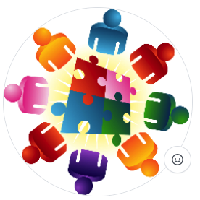Insight- Why We’re Not as Self-Aware as We Think, and How Seeing Ourselves Clearly Helps Us Succeed at Work and in Life
Title: Insight- Why We’re Not as Self-Aware as We Think, and How Seeing Ourselves Clearly Helps Us Succeed at Work and in Life
-
by Tasha Eurich (Author)
-
focusing on the foundations of self-awareness, internal self-awareness, and external self-awareness
Key Takeways
- Self-awareness is defined as the ability to understand oneself and how others perceive us
- There are two types of self-awareness:
- Internal self-awareness: Understanding our own behavior, thoughts, and feelings
- External self-awareness: Recognizing how others see us
- Seven Pillars of Insight:
- Values: Guiding principles in life
- Passions: What we love to do
- Aspirations: Desired experiences and achievements
- Fit: environment needed for happiness and engagement
- Patterns: Consistent ways of thinking, feeling, and behaving
- Reactions: Thoughts, feelings, and behaviors revealing our capabilities
- Impact: The effect we have on others
- Roadblocks to Self-Awareness
- Three blindspots:
- Knowledge blindness
- Emotion blindness
- Behavior blindness
-
The “Cult of Self”: Societal obstacles hindering self-awareness
- The “Mum Effect”: Difficulty in obtaining candid, objective feedback
- Strategies for Improving Self-Awareness
-
Avoid excessive self-analysis, which can lead to negative outcomes
-
Adopt a flexible mindset when examining oneself
-
Focus on asking “what” instead of “why” questions during introspection
-
Seek feedback from others to overcome blindspots
-
Develop both internal and external self-awareness through practical approaches
-
Learn to receive and process feedback effectively
